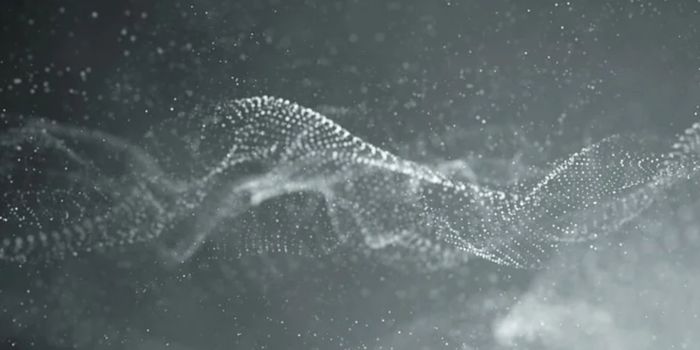Neanderthal DNA Helps us Fight Viruses
The last Neanderthals died around 40,000 years ago, but not before breeding with another species of human that was starting to move around the globe. As much as two percent of the genomes of some modern Asians and Europeans is Neanderthal DNA. Because some populations carry more of it than others, it’s been suggested that some of those Neanderthal genes may confer some advantage, but it may also have happened by chance. New research reported in Cell aims to settle that debate. Researchers at Stanford found the former - there is a benefit to carrying that DNA.
"Our research shows that a substantial number of frequently occurring Neanderthal DNA snippets were adaptive for a very cool reason," said Dmitri Petrov, an evolutionary biologist at Stanford's School of Humanities and Sciences. "Neanderthal genes likely gave us some protection against viruses that our ancestors encountered when they left Africa."
Neanderthals had not lived in Africa for hundreds of thousands of years by the time they met up with the other human species. They had adapted to the infectious diseases in Europe and Asia. Anyone just migrating into those areas would be at a disadvantage.
"It made much more sense for modern humans to just borrow the already adapted genetic defenses from Neanderthals rather than waiting for their own adaptive mutations to develop, which would have taken much more time," said David Enard, a former postdoctoral fellow in Petrov's lab.
Related: The Impact of Neanderthal DNA on Human Gene Expression
This work supports a model of gene-swapping between the species that has been called poison-antidote, noted Petrov and Enard. Neanderthals exposed the other species to diseases, but also provided genetic abilities to take the illnesses on successfully.
"Modern humans and Neanderthals are so closely related that it really wasn't much of a genetic barrier for these viruses to jump," said Enard, who now works as an assistant professor at the University of Arizona. "But that closeness also meant that Neanderthals could pass on protections against those viruses to us."
The researchers made a list of over 4,500 genes in modern humans, which interact with viruses. Enard compared the genes to Neanderthal DNA sequences, and 152 gene fragments from modern humans were found in the Neanderthal DNA. The defenses we humans inherited from Neanderthals are similar to RNA viruses, said the scientists. The 152 genes that contain Neanderthal fragments interact with influenza A, hepatitis C, and HIV, which are all RNA viruses.
Only modern Europeans carry the Neanderthal genes the team identified, suggesting that other viruses or factors influenced gene swapping between Asians and Neanderthals. Because the interbreeding happened at different times, Enard suggested that this conclusion makes sense.
This work may help us learn more about ancient diseases as well, noted Enard. "It's similar to paleontology," he said. "You can find hints of dinosaurs in different ways. Sometimes you'll discover actual bones, but sometimes you find only footprints in fossilized mud. Our method is similarly indirect: Because we know which genes interact with which viruses, we can infer the types of viruses responsible for ancient disease outbreaks."
The video above from Vanderbilt University discusses how Neanderthal DNA has influenced our genome.
Sources: Phys.org via Stanford University - School of Humanities and Sciences, Cell









